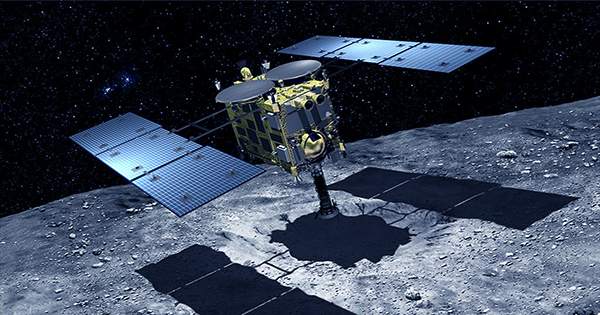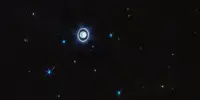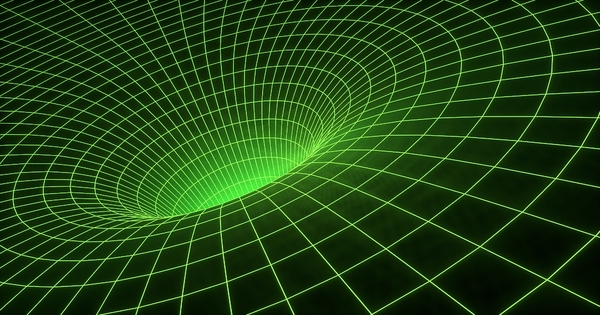Even though half of a cargo ship’s solar panel array failed, it nonetheless made it to the International Space Station.
The Cygnus spacecraft, developed by Northrop Grumman and designated S.S. Sally Ride in honor of the late physicist and the first American woman to travel to space in 1983, was launched on Monday from the Mid-Atlantic Regional Spaceport in Virginia atop an Antares 230+ rocket.
One of the two solar panels did not properly deploy, as later determined by Mission Control. The spacecraft may still reach the ISS in its less-than-ideal form, according to engineers who gave up on trying to fix the problem. Fortunately, they were correct, and on Wednesday at 05:20 ET, astronaut Nicole Mann pulled it in with the help of the Canadarm2 robotic arm on board the space station (1020 UTC).

An Antares acoustic blanket fragment stuck in a Cygnus solar array mechanism during a rocket stage separation event prevented it from opening, according to a statement from Cyrus Dhalla, vice president and general manager of Tactical Space Systems at Northrop Grumman. Successful berthing was made possible by the sturdy construction of Cygnus as well as the tenacity and creativity of the NASA and Northrop Grumman teams.
The cargo ship Cygnus carries scientific experiments and goods totaling 3719.5kg (8,200 pounds). Bovine ovarian cells (which could one day improve fertility treatments in space), mudflow samples (which will be studied to understand how mudflows after wildfires can knock heavy boulders and debris downhill and destroy buildings), and three cubesats are among the experiments. Astronauts will use a 3D bioprinter to help scientists compare differences between human tissues printed in microgravity and on Earth.
To track the development of agriculture and the Earth, cubesats will be launched. Additionally, Cygnus delivered a mounting bracket that will be fixed to the starboard side of the station’s truss assembly by astronauts during a spacewalk scheduled for the following week. Later in the year, a fresh set of solar panels will be installed using the same tool.
















